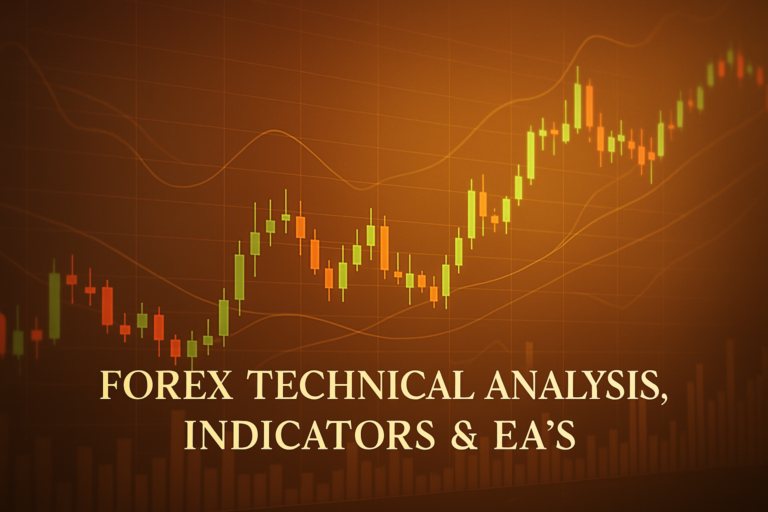
Learn about forex session time to enhance your trading strategies and make informed decisions in the Forex market.
Forex session time is a crucial concept in the world of Forex trading. It refers to the periods during which different global markets are open for trading. Understanding these times can greatly impact a trader’s success. Each session has its own unique characteristics and trading volume, which can influence price movements.
Many traders, whether beginners or seasoned professionals, struggle with Forex session time. This confusion often arises from the overlapping trading hours and the varying levels of market activity. Knowing when to trade can make a significant difference in a trader’s performance, making it essential to grasp this concept fully.
Forex requotes can be frustrating for traders. These occur when the price of a currency changes before a trade can be executed, leading to delays and possible losses. To learn more about this, check out our article on forex requotes.
Understanding the Forex Session Time
Forex session time refers to the hours during which the Forex market is open. The market operates 24 hours a day, divided into major trading sessions: the Sydney, Tokyo, London, and New York sessions. Each session has its own trading style and characteristics. For example, the London session is known for high volatility due to a large number of traders participating.
This session time issue occurs because not all currency pairs are actively traded at the same times. For instance, if you decide to trade the EUR/USD pair during the Asian session, you may face lower trading volumes and wider spreads. Imagine trying to sell a popular book at a bookstore when it’s closed. You’d have fewer customers, right? The same principle applies to Forex trading. When trading during less-active hours, you may not get the best price or experience slippage.
Pro’s and Con’s for Forex Session Time
Understanding the pros and cons of Forex session time can help you make informed decisions. Here are some key points to consider:
- Pros:
- High liquidity during major sessions leads to better pricing.
- Opportunity to trade major news events for quick profits.
- Cons:
- Low volatility during quiet sessions can lead to minimal price movement.
- Misjudging session times can result in missed opportunities.
To resolve issues related to Forex session time, consider these step-by-step solutions:
- Identify the session times for the currency pairs you trade.
- Plan your trades around the most active hours.
- Monitor economic calendars for important announcements that may affect volatility.
For advanced traders, it’s vital to stay aware of global market events that can impact trading sessions. Pro tips include setting alerts for key market movements and keeping a trading journal to analyze your performance during different session times.
In addition, if you’re curious about the USDCHF forecast April 17, 2025, understanding the Forex session time can help you make better predictions.
Frequently Asked Questions
1. What are the major Forex trading sessions?
The major Forex trading sessions are Sydney, Tokyo, London, and New York. Each session has its own unique characteristics in terms of volatility and liquidity.
2. Why is understanding Forex session time important?
Knowing when different markets are open helps traders choose the best times to trade, improving their chances of success.
3. How can I determine the best time to trade?
Analyze the trading volumes and volatility during different sessions. Use market calendars to track economic news that may influence price movements.
4. What is slippage, and how does it relate to Forex session time?
Slippage occurs when a trader’s order is executed at a different price than expected, often during low liquidity times. Understanding session times helps minimize this risk.
5. Can I trade Forex at any time?
Yes, you can trade Forex 24 hours a day, but knowing the best session times can significantly enhance your trading experience and results.
Conclusion
In summary, understanding Forex session time is essential for any trader looking to enhance their trading strategies. By recognizing the various market hours, traders can avoid pitfalls and seize opportunities effectively. Stay informed, and you’ll find that managing this issue can lead to greater trading success.
By staying engaged with the Forex market and continuously improving your knowledge of Forex session time, you can enhance your trading strategies and grow as a trader.
Recommended Next Steps
To further your understanding of Forex session time, consider these next steps:
- Research each Forex trading session and its characteristics.
- Practice trading during different sessions to see how they affect your results.
- Stay updated on global economic news that could impact trading sessions.
By taking these steps, you can better navigate the complexities of Forex trading and make the most of your trading opportunities.
To deepen your understanding of forex trading, consider exploring resources like DailyFX, TradingView
Expand Your Knowledge
- 📌 Forex Trading Learning Road Map
- 📌 Forex Trading Course with no Fees
- 📌 Forex Trading Issues, Problems, and Solutions
- 📌 Forex Daily Forecast & Live Updates
- 📌 Forex Fundamental & News Analysis: Tomorrow’s Market Movers & Trade Opportunities
- 📌 Forex Education Hub: Learn & Profit
- 📌 Forex Technical Analysis, Indicators & EA’s
Start Trading Today
Ready to take your forex trading to the next level? Open an account with Exness, one of the most trusted platforms in the industry. 👉 Sign Up Now and trade with confidence!
My recommended broker stands out with ultra-low spreads for beginners, instant withdrawals, and zero spread accounts for pro traders.
Trusted since 2008, lightning-fast execution, no hidden fees, and a secure, transparent trading environment—giving you the edge you need to succeed. 🚀
Watch this helpful video to better understand forex session time:
Note: The video above is embedded from YouTube and is the property of its original creator. We do not own or take responsibility for the content or opinions expressed in the video.
In the world of Forex trading, understanding the different trading sessions is crucial for making informed decisions and maximizing profits. There are three primary trading sessions: the New York session, the London session, and the Asian session. The New York session runs from 9 AM to 5 PM Eastern Time, which coincides with when Wall Street is active. During this time, the US dollar sees significant movement, and many important economic news releases related to the US dollar are published. Traders often find that this session provides ample opportunities, especially as they prepare to start their workday, making it an optimal time for those focusing on USD-related pairs.
The Asian session follows, taking place from 7 PM to 3 AM Eastern Time. During this period, currencies tied to Australia, New Zealand, and Japan tend to see increased volatility. This session is particularly important for traders interested in commodities like gold and those trading the AUD, NZD, and JPY pairs, as these economies are active during this time. Finally, the London session is considered the most volatile and is often referred to as the Forex capital. It runs from 2 AM to 12 PM Eastern Time and is characterized by significant movement in the Euro and GBP pairs as these markets open for business. It’s important for traders to observe overlaps between sessions, as this can create more opportunities for profitable trades. By understanding when specific currencies are most active, you can tailor your trading strategy to capitalize on these movements.
While trading Forex can be rewarding, it is also essential to be aware of common issues that may arise during trading. Traders often encounter problems such as connection issues, discrepancies in price quotes, or difficulties executing trades. These challenges can lead to missed opportunities or potential losses if not addressed promptly. For those facing these obstacles, it’s helpful to understand and troubleshoot these common issues. Gaining insight into these problems can help traders navigate the Forex landscape more effectively and enhance their overall trading experience. By being proactive in identifying and resolving issues, traders can focus on developing their strategies and improving their performance in the market.





